Transporting goods safely and efficiently is the backbone of the logistics and transportation industry. At CarMax Vehicle, we understand that the integrity of your cargo during transit hinges on one critical factor: the proper tying down of loads on trucks. This comprehensive guide delves deep into the strategies, tools, and best practices essential for securing loads, ensuring compliance with regulations, and enhancing overall operational efficiency.
Table of Contents
- The Importance of Proper Load Securing
- Regulatory Landscape: Navigating DOT and FMCSA Standards
- Types of Tie-Downs: Choosing the Right Equipment
- Ratchet Straps
- Tie-Down Chains
- Bungee Cords
- Wire Rope
- Best Practices for Securing Loads
- 1. Assessing Load Characteristics
- 2. Strategic Load Placement
- 3. Determining the Number of Tie-Downs
- 4. Ensuring Proper Tension
- CarMax Vehicle Solutions: Enhancing Load Security
- Common Mistakes and How to Avoid Them
- Innovations in Tie-Down Technology
- Safety Tips for Load Securing
- Conclusion
- Frequently Asked Questions
The Importance of Proper Load Securing
Securing loads effectively is paramount to:
- Safety: Preventing cargo from shifting, which can lead to accidents or loss of control of the vehicle.
- Regulatory Compliance: Adhering to legal standards set by transportation authorities to avoid fines and legal repercussions.
- Efficiency: Reducing downtime caused by cargo shifts or accidents ensures timely deliveries and operational continuity.
- Cost-Effectiveness: Minimizing cargo damage lowers replacement and repair costs, while efficient load securing practices can reduce wear and tear on transport vehicles.
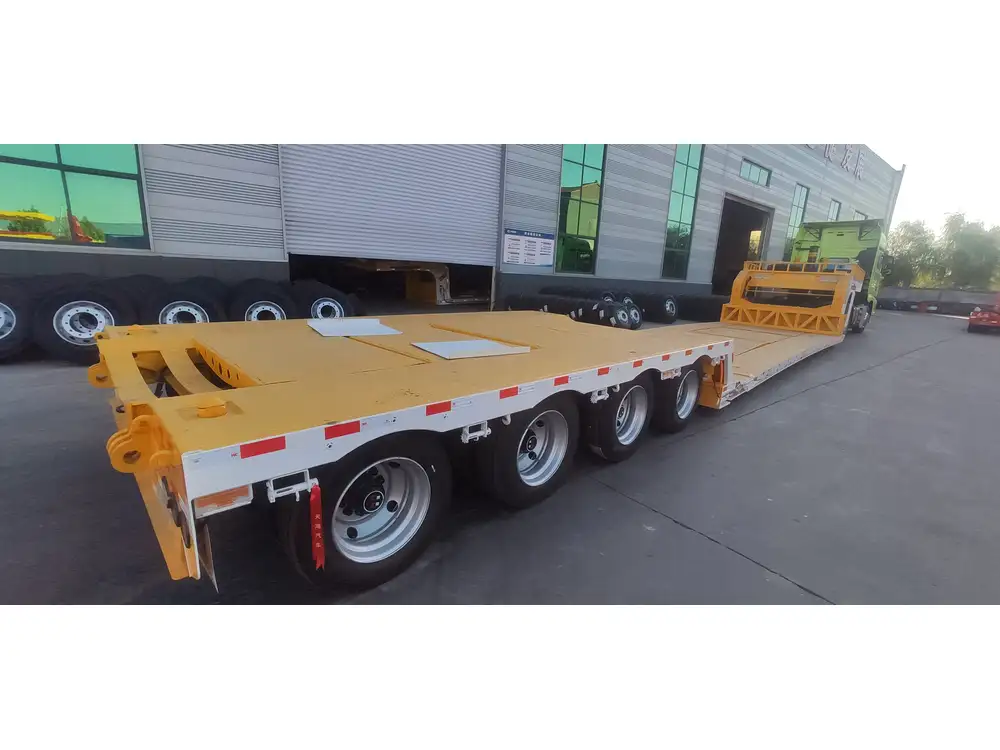
Regulatory Landscape: Navigating DOT and FMCSA Standards
Compliance with transportation regulations is non-negotiable. The Department of Transportation (DOT) and the Federal Motor Carrier Safety Administration (FMCSA) stipulate stringent guidelines to ensure road safety. Key regulations include:
1. Federal Motor Carrier Safety Regulations (FMCSRs):
- Cargo Securement (§392.10): Mandates that all cargo must be securely fastened to prevent movement during transport.
- Proper Equipment Use: Specifies the types of tie-downs and securing systems approved for use.
2. Department of Transportation (DOT) Requirements:
- Weight Distribution: Ensures that loads are evenly distributed to maintain vehicle stability.
- Visibility: Requires that securing devices do not obstruct the driver’s view or vehicle’s lights and signals.
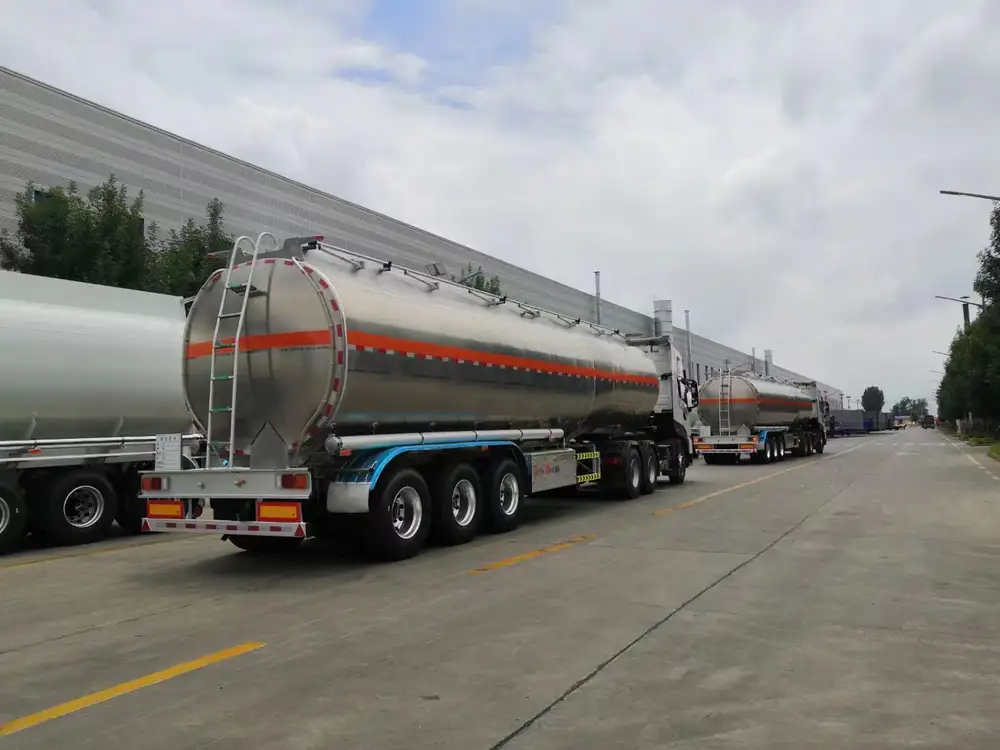
3. State-Specific Regulations:
- Varying states may have additional requirements, emphasizing the need for drivers and operators to stay informed about regional laws.
Types of Tie-Downs: Choosing the Right Equipment
Selecting the appropriate tie-down method is crucial for securing different types of loads. Here’s an in-depth look at the most effective options:
1. Ratchet Straps
Ratchet straps are versatile and widely used for their strength and reliability. They feature a ratcheting mechanism that allows for precise tensioning, ensuring that the load remains firmly in place.
Pros:
- Adjustable tension
- High load capacity
- Easy to use
Cons:
- Requires regular maintenance to prevent wear
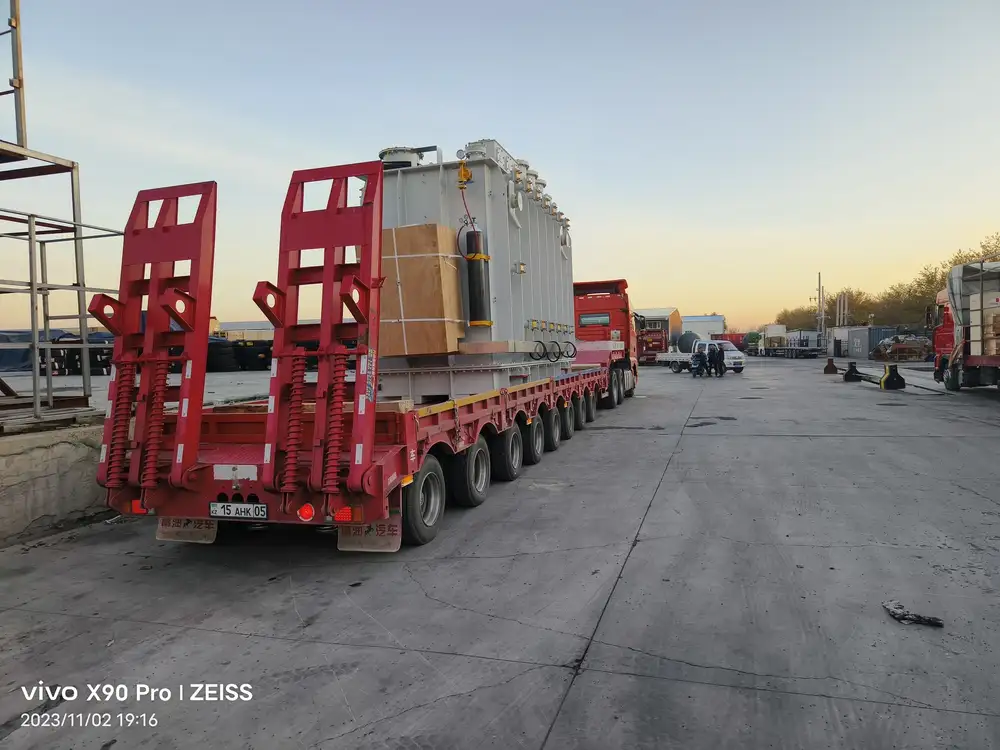
2. Tie-Down Chains
Tie-down chains are ideal for heavy-duty applications where maximum strength is required. They are less susceptible to stretching compared to straps, making them perfect for securing exceptionally heavy loads.
Pros:
- Superior strength
- Resistant to environmental factors
Cons:
- Heavier and bulkier
- Requires compatible securing points
3. Bungee Cords
Bungee cords offer flexibility and are suitable for lighter loads or securing items that require some movement. They are not recommended for heavy or high-value cargo due to their limited strength.
Pros:
- Elasticity accommodates shifting loads
- Lightweight and easy to store
Cons:
- Limited load capacity
- Prone to degradation over time
4. Wire Rope
Wire ropes provide exceptional strength and durability, making them suitable for securing large and heavy cargo. They are resistant to abrasion and can handle harsh environmental conditions.
Pros:
- High tensile strength
- Long lifespan
Cons:
- Can be difficult to handle and secure
- Requires protective sleeves to prevent damage

Best Practices for Securing Loads
Implementing best practices ensures that loads remain secure throughout the journey. Here’s a step-by-step approach:
1. Assessing Load Characteristics
Understanding the nature of the cargo is the first step. Consider the weight, dimensions, shape, and fragility of the load to determine the appropriate securing method.
Key Considerations:
- Weight: Heavier loads require stronger tie-downs like ratchet straps or chains.
- Dimensions: Large or awkwardly shaped loads may need multiple tie-down points.
- Fragility: Delicate items may require additional padding or specialized securing methods to prevent damage.
2. Strategic Load Placement
Proper placement of the load within the trailer enhances stability and reduces the risk of shifting. Key strategies include:
- Center of Gravity: Position heavier items over or slightly ahead of the trailer’s axles to maintain balance.
- Even Distribution: Spread the weight evenly across the trailer to prevent undue strain on any single point.
- Height Considerations: Place taller loads near the front of the trailer to lower the center of gravity.

3. Determining the Number of Tie-Downs
The number of tie-downs required depends on the load’s size and weight. As a general rule:
- Rule of Thumb: One tie-down per 10 feet of load length and at least two tie-downs for every 1,000 pounds of cargo weight.
- Load Assessment: Conduct a thorough evaluation to determine the exact number of tie-downs needed for optimal security.
4. Ensuring Proper Tension
Achieving the correct tension in tie-downs is critical. Over-tightening can damage the cargo or the tie-down equipment, while under-tightening may allow the load to shift.
Best Practices:
- Consistent Tension: Ensure all tie-downs are uniformly tensioned to distribute forces evenly.
- Final Checks: After securing, double-check all tie-downs to confirm they are adequately tight and secure.
CarMax Vehicle Solutions: Enhancing Load Security
At CarMax Vehicle, we offer a range of innovative trailer solutions designed to facilitate the secure tying down of loads:
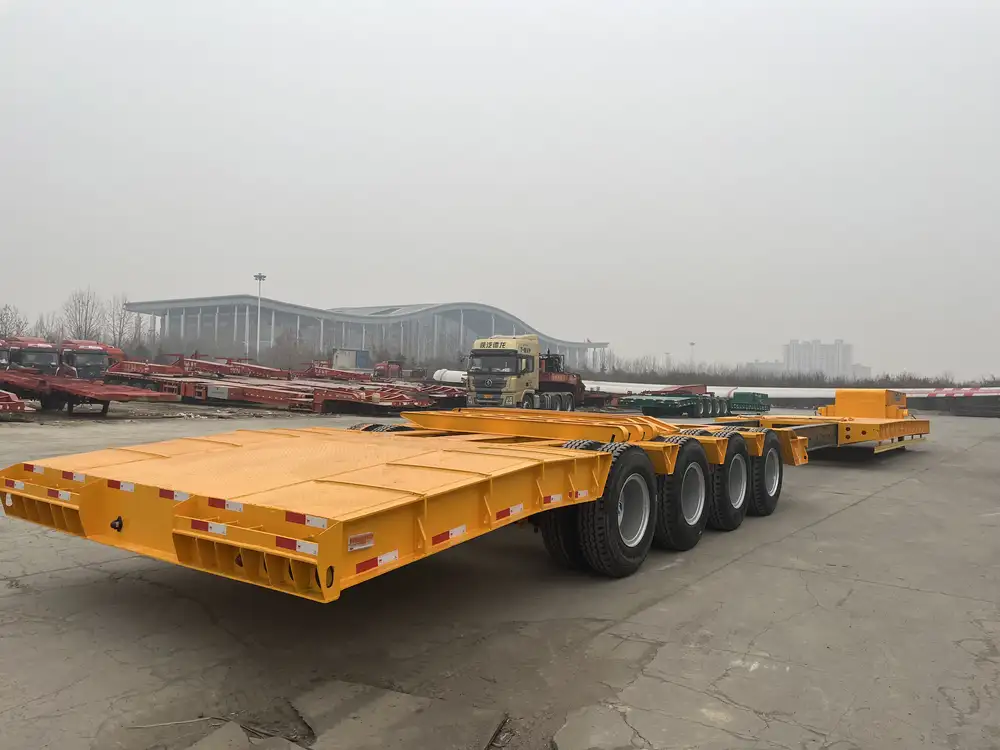
1. Integrated Tie-Down Systems
Our trailers come equipped with built-in tie-down points strategically placed to accommodate various load types. These systems simplify the securing process, reducing setup time and enhancing stability.
2. Adjustable Decks and Slopes
CarMax trailers feature adjustable deck configurations that allow for optimal load placement and distribution. This adaptability ensures that diverse cargo can be secured effectively, regardless of size or shape.
3. Heavy-Duty Anchor Points
We utilize robust anchor points crafted from high-strength materials, providing reliable attachment points for all types of tie-downs. These anchors are designed to withstand the stresses of transportation, ensuring long-term durability and safety.
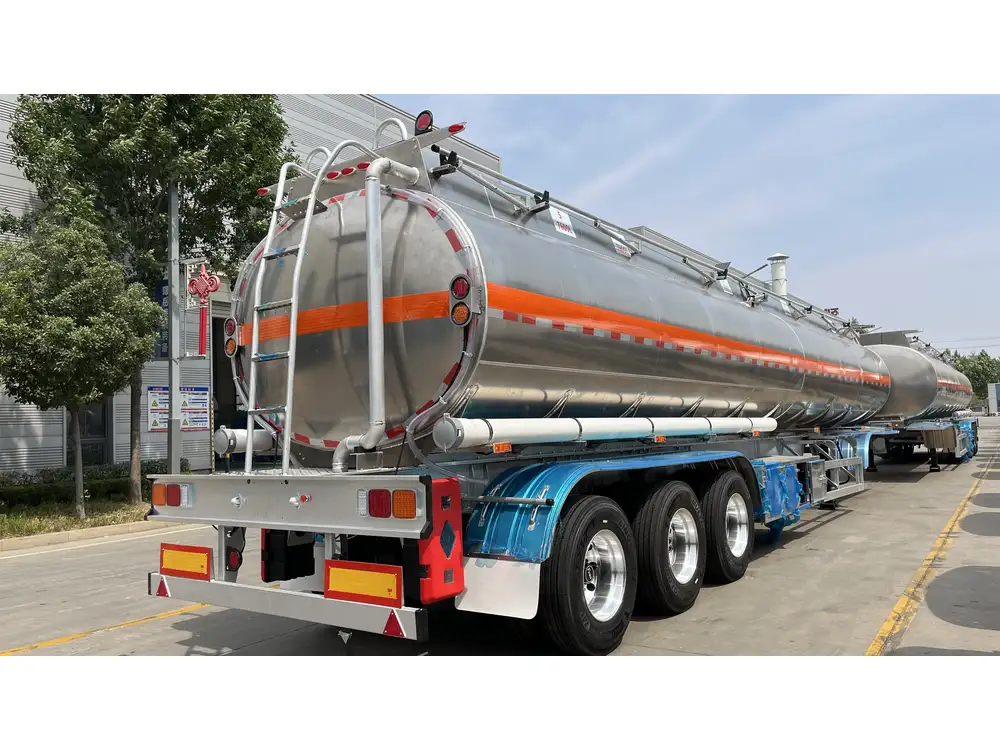
4. Customized Solutions
Understanding that each cargo type has unique requirements, CarMax offers customized trailer options tailored to specific industries and load types. Whether you’re transporting fragile goods, heavy machinery, or oversized items, our solutions are engineered to meet your exact needs.
Common Mistakes and How to Avoid Them
Even seasoned drivers and operators can fall prey to common load securing mistakes. Here’s how to steer clear of them:
1. Inadequate Tie-Down Quantity
Underestimating the number of tie-downs needed can lead to cargo shifting. Always adhere to guidelines based on load size and weight, and when in doubt, err on the side of caution by adding more tie-downs.

2. Improper Tie-Down Placement
Securing tie-downs at inappropriate points can compromise load stability. Ensure tie-downs are attached to designated anchor points and avoid placing them on weak or unstable parts of the cargo.
3. Neglecting Equipment Inspection
Failing to regularly inspect tie-down equipment can result in unnoticed wear or damage, ultimately leading to failure during transit. Implement routine checks to ensure all straps, chains, and other securing devices are in optimal condition.
4. Overlooking Load Shifts During Transit
Ignoring signs of load movement can exacerbate securing issues. Monitor the load during stops and before proceeding to ensure that nothing has shifted, adjusting tie-downs as necessary.

5. Ignoring Environmental Factors
Extreme weather conditions, such as high winds or heavy rain, can affect load stability. Consider environmental factors when securing loads and make necessary adjustments to tie-down tension and placement.
Innovations in Tie-Down Technology
The evolving demands of the transportation industry have spurred advancements in tie-down technology. CarMax Vehicle stays at the forefront of these innovations to provide superior load securing solutions:
1. Smart Tie-Down Systems
Incorporating sensors and automation, smart tie-down systems monitor tension levels in real-time, alerting operators to any discrepancies that may indicate load shifts or tie-down failures.
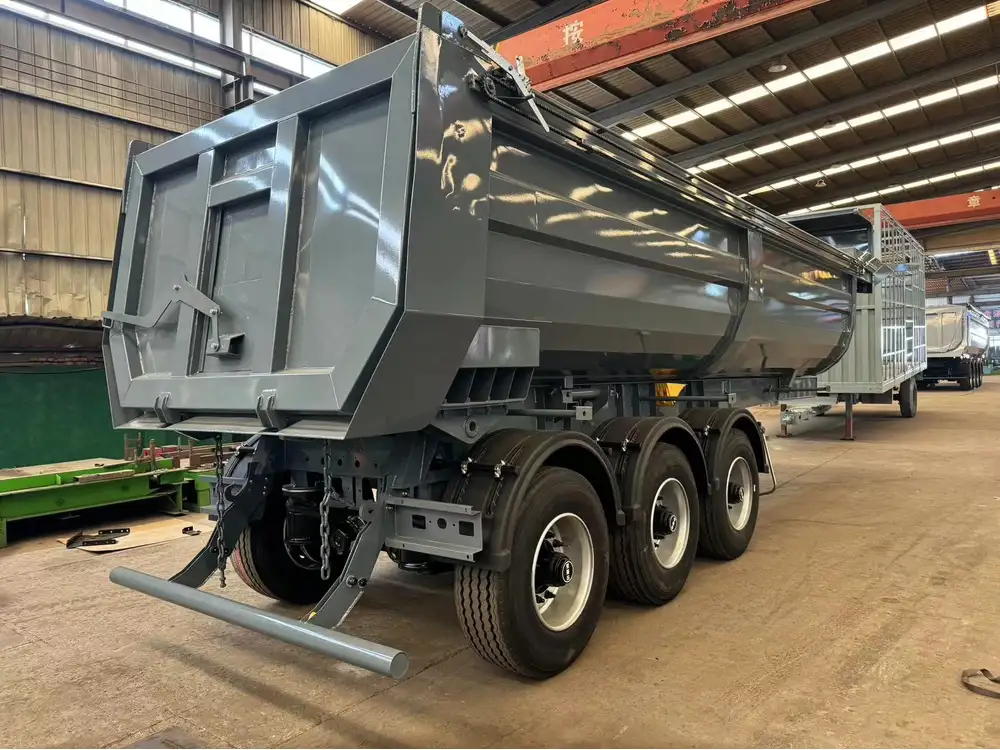
2. Eco-Friendly Materials
Advancements in materials science have led to the development of more durable and environmentally friendly tie-down products. These materials offer enhanced strength while reducing environmental impact.
3. Modular Securing Components
Modular designs allow for greater flexibility in securing cargo. These components can be easily reconfigured to accommodate different load types, simplifying the securing process and increasing efficiency.
4. Enhanced Ergonomics
Modern tie-down equipment features ergonomically designed components that reduce strain on operators, improving ease of use and safety during the securing process.
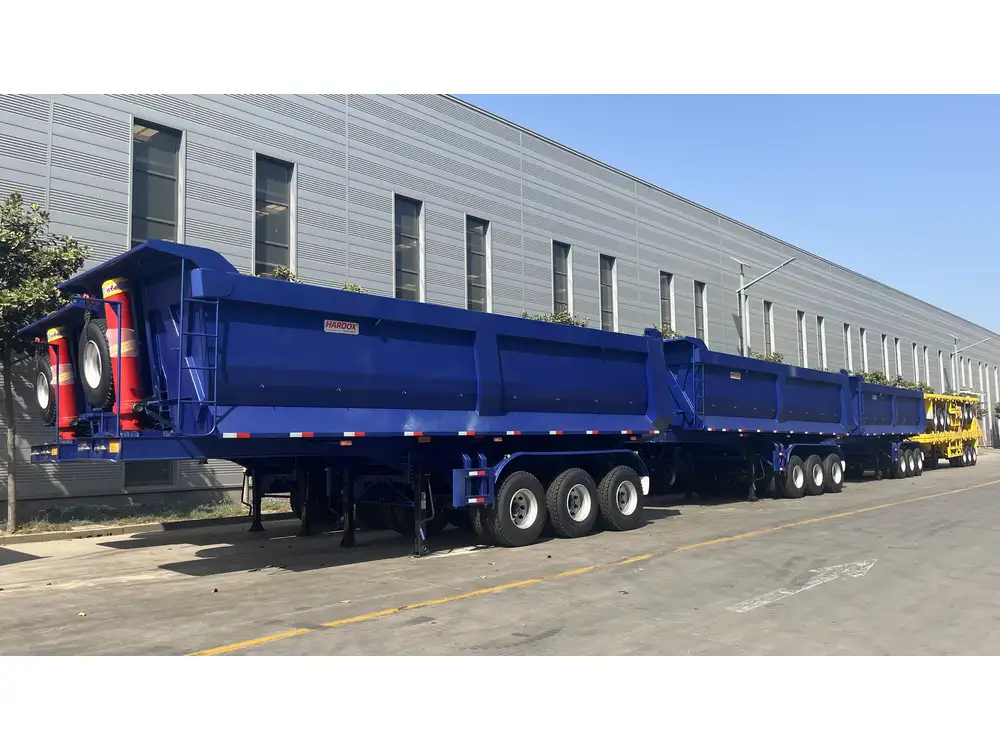
Safety Tips for Load Securing
Ensuring the safety of your cargo and your team starts with adhering to these essential safety tips:
1. Always Use the Right Equipment
Match the tie-down method and equipment to the specific requirements of your load. Using inappropriate tie-downs can compromise security and safety.
2. Regularly Inspect Equipment
Conduct thorough inspections of all tie-down gear before and after use. Replace any damaged or worn components immediately to maintain the integrity of the securing system.

3. Follow Manufacturer Guidelines
Adhere to the load securing guidelines provided by equipment manufacturers and regulatory bodies. These guidelines are designed to maximize safety and efficiency.
4. Train Personnel
Ensure that all team members involved in load securing are adequately trained in best practices and understand the importance of proper tie-down techniques.
5. Use Protective Gear
When handling heavy or sharp tie-down equipment, wear appropriate protective gear, such as gloves and safety glasses, to prevent injuries.

Conclusion
Properly tying down loads on trucks is a multifaceted process that demands attention to detail, adherence to regulations, and the use of appropriate equipment. At CarMax Vehicle, we are committed to providing top-tier trailer solutions that facilitate secure and efficient transportation of goods. By implementing the best practices outlined in this guide and leveraging our innovative products, you can ensure the safety, compliance, and reliability of your transportation operations.
Frequently Asked Questions
1. What are the most common types of tie-downs used in trucking?
The most common tie-downs include ratchet straps, tie-down chains, bungee cords, and wire ropes. Each type serves different load securing needs based on the weight, size, and nature of the cargo.

2. How often should tie-down equipment be inspected?
Tie-down equipment should be inspected before each use and regularly during its service life. Look for signs of wear, damage, or fatigue, and replace any compromised components immediately.
3. What are the penalties for not complying with load securing regulations?
Non-compliance with load securing regulations can result in hefty fines, out-of-service orders by authorities, and increased liability in the event of an accident. Ensuring proper compliance is essential to avoid these consequences.
4. Can I secure loads without using any tie-downs?
No. Securing loads without proper tie-downs is unsafe and violates transportation regulations. Always use appropriate tie-downs to ensure cargo remains stable during transit.

5. How can CarMax Vehicle help improve my load securing process?
CarMax Vehicle offers a range of trailers equipped with integrated tie-down systems, heavy-duty anchor points, and customizable solutions tailored to your specific transportation needs. Our innovative designs and quality products enhance load security and operational efficiency.



